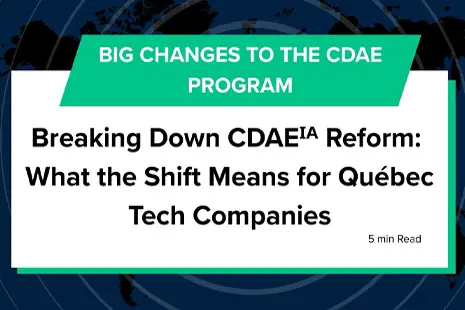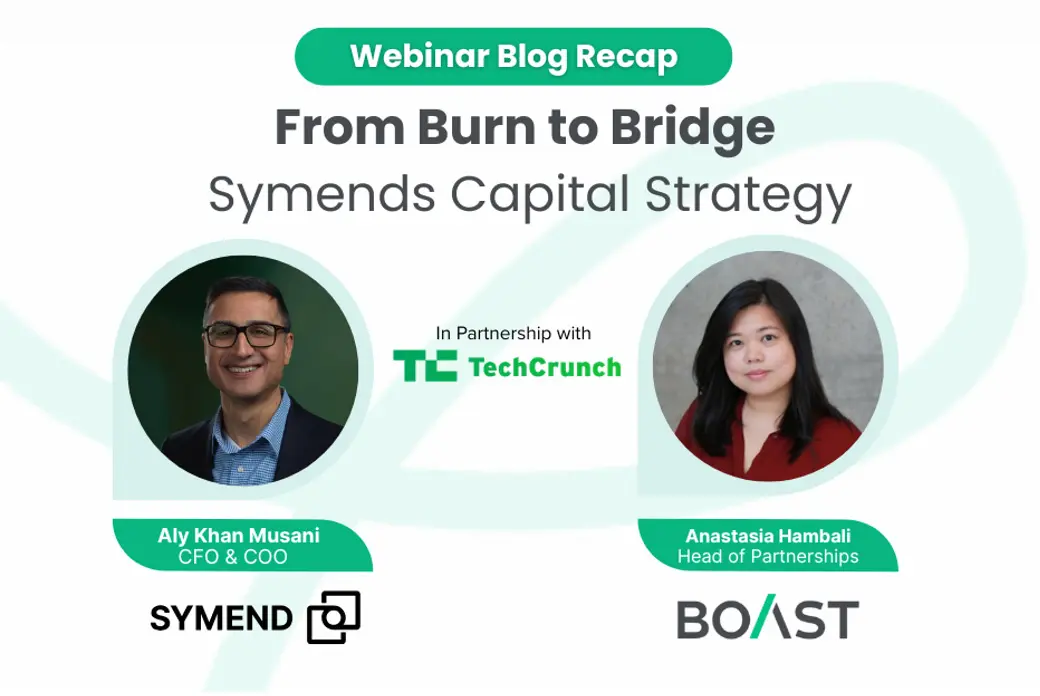This week, the Biden-Harris Administration announced a blockbuster $100 million investment into research and development (R&D) for artificial intelligence (AI) with a focus on speeding up the production of sustainable, next-generation semiconductor materials.
The Notice of Intent (NOI) for the funding was dropped by the U.S. Department of Commerce on October 2, emphasizing that investment will be prioritized for AI and semiconductor projects that “can be designed and adopted within five years.”
“Right now, new semiconductor materials often take years to be production-ready and are incredibly resource-intensive. If we’re going to quickly build up America’s semiconductor manufacturing base, in a way that’s sustainable over the long term in the face of increasing threats from the climate crisis, we need to leverage AI to help develop sustainable material processes quickly,” said U.S. Secretary of Commerce Gina Raimondo.
This latest federal R&D investment comes as part of the Biden Administration’s CHIPS for America act, which has funneled billions of dollars of government funding into building innovation and “tech hubs” across the United States. The goal to date has been twofold: Help local economies evolve to embrace new industries and opportunities, while cementing the country’s dominance as a hotbed of tech innovation.
“With this new program, the Biden-Harris Administration will harness the vast capabilities of AI to unleash the full potential of our workers and innovators, while building a more secure and enduring domestic semiconductor industry,” Secretary Raimondo’s statement continued.
Under the new funding initiative, investments will be made toward “university-led, industry-informed, collaborations about artificial intelligence-powered autonomous experimentation (AI/AE)” under the banner of sustainability.
All said, it’s a timely announcement on many fronts, funneling cash into the national tech ecosystem as global competition heats up, while giving Vice President Kamala Harris a policy pillar to take with her as she embarks on the final days of the 2024 presidential election.
It also lands as AI businesses—namely OpenAI—set their sights on commercialization and productization—upending the venture capital and private equity landscape in the process.
OpenAI captures $6.6 billion in VC funding
While OpenAI—the parent company of ChatGPT—was born as a non-profit venture, that all changed significantly this week as the company’s leader Sam Altman closed one of the biggest VC funding rounds in U.S. history.
The Associated Press reports that venture capital firm Thrive Capital led this funding round alongside backers including Microsoft, Nvidia and SoftBank. It’s estimated to be the single-largest investment tracked by PitchBook in 17 years that wasn’t led by a single wealthy company.
This latest investment puts OpenAI’s market value at roughly $157 billion, and “will allow us to double down on our leadership in frontier AI research, increase compute capacity, and continue building tools that help people solve hard problems,” according to a statement from Altman.
At the heart of this investment is prioritizing research into next-generation AI semiconductor technologies that are more sustainable than the current generation of chips in the market—a shared priority with the US government.
Currently, the biggest limitations on developing even more powerful AI lays in the massive compute power that current programs demand, which can only be accommodate and scaled up with less energy-intensive semiconductor materials, manufacturing and technology.
Capturing a share of a massive growing market
What these dual headlines mean for businesses in the innovation space is that the private equity and government funding landscapes are shifting quickly and significantly, with AI businesses taking the lionshare of available funding leading into 2025.
Much of this is rooted in AI being a “safe bet” in the context of economic and political uncertainties that have been simmering in the leadup to consequential fall elections.
But these developments also paint a picture of the opportunity for businesses working in the realm of AI, chips manufacturing or any sector that benefits from machine learning principles to capture the funding they need to achieve the growth they deserve.
R&D tax credits, for instance, can be a powerful funding avenue for businesses that are developing next-generation technologies—even if productionalization is still being figured out. The U.S. government’s IRC Section 41 R&D tax credit program rewards businesses who tackle unique technology challenges in their product development by helping them recoup a share of their investments each year.
At Boast, we help innovative businesses not only maximize their access to this funding, but streamline the often arduous process of crafting a claim in the first place. Best of all, we actually help teams improve their R&D workflows by sharing active and passive insights into the state of their R&D, thanks to our own next-generation AI and ML platform capabilities.
To learn more about Boast’s industry-leading approach to R&D tax credits, talk to one of our experts today.
AI in 2024 FAQ
- What major AI investment did the Biden-Harris Administration recently announce? The administration announced a $100 million investment into AI research and development, focusing on speeding up the production of sustainable, next-generation semiconductor materials. This funding is part of the CHIPS for America act and prioritizes AI and semiconductor projects that can be designed and adopted within five years.
- What is the goal of this government investment in AI and semiconductors? The investment aims to accelerate the development of sustainable semiconductor materials, build up America’s semiconductor manufacturing base, and leverage AI to develop sustainable material processes quickly. It also seeks to cement the United States’ dominance as a hub for tech innovation and help local economies evolve to embrace new industries.
- What significant development occurred with OpenAI’s funding? OpenAI, the parent company of ChatGPT, closed one of the biggest VC funding rounds in U.S. history, raising $6.6 billion. This investment, led by Thrive Capital and backed by companies like Microsoft, Nvidia, and SoftBank, puts OpenAI’s market value at approximately $157 billion.
- How do these developments impact the broader AI and tech industry? These events signal a significant shift in private equity and government funding landscapes, with AI businesses receiving a large share of available funding heading into 2025. This presents opportunities for businesses working in AI, chip manufacturing, or related sectors to capture funding for growth and development.
- What funding options are available for businesses developing AI or next-generation technologies? Besides private equity and government grants, businesses can leverage R&D tax credits, such as the U.S. government’s IRC Section 41 R&D tax credit program. These credits can help companies recoup a share of their investments in unique technology challenges and product development each year, even if productionalization is still in progress.


